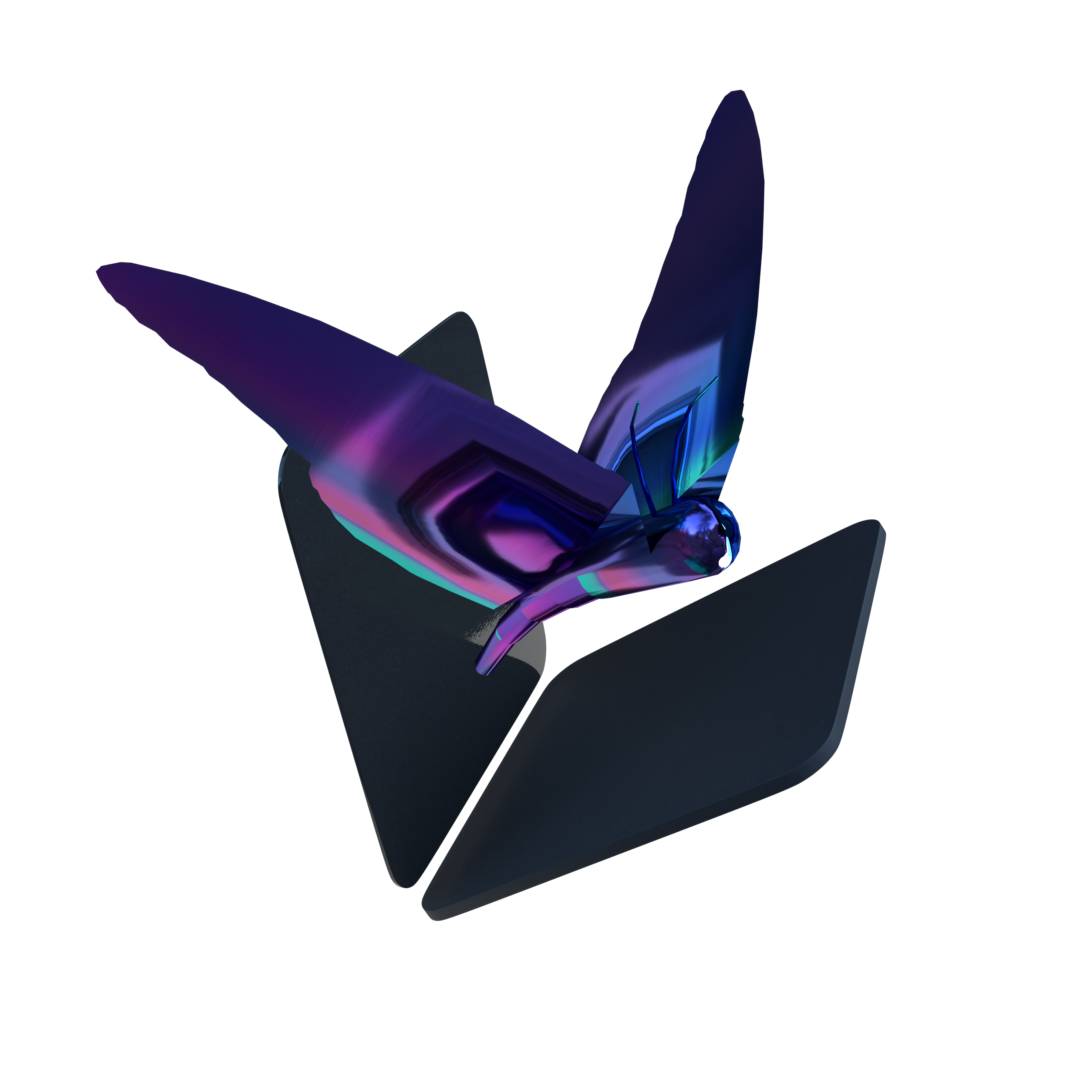To find the right way to reach a goal and not to move passively can certainly be classified as a need down to the smallest creature. A change of position in space as the basis of a conscious assumption about a goal, which enables an experience, a new life-sustaining environment, or simply new impressions, surprises, communication, fun or astonishment, is a fundamental need for us humans and parallel to all living beings and serves our evolution as well as everyday interaction with space and objects.
Currently, we use digital graphic or auditory language assistants to mark and show us the way and support us in our purposeful movement. An original form of path guidance was perfected by the Sherpas who live in the Central and Southern Himalayas (Tibet). To the function of basic orientation they add charm, human empathy and years of experience to the absolute qualification of trained, quickly adaptable mountain guides. To this day they serve as perfect partners in relation to incalculable natural systems. Indigenous peoples still have the ability to derive paths to nearby water sources from animal traces, dogs serve as animal partners in relation to the finding of particularly small chemical molecules in forensics and forensic science.
How about if in the future we no longer use a display or graphical interface that supports one of the described scenarios in a digital form for our routing? What would a natural navigation system look like that would delight us, support us intelligently, be emphatically responsive and adaptable without being obtrusive? How would it be, if we could translate an object, which we worldwide consider as highly emphatic, friendly, peaceful, wonderful, elegant, aesthetically perfect and cute, as an information assistance into a product and use it for our personal routing?

AID is a bionic drone in the natural form of a butterfly, which is equipped with a perceptual user interface (PUI) for route guidance. The function of the drone contains the following essential elements for path guidance:
- "Fast routing, little time, stress factor currently high"
- "Medium routing, enough time, discoveries as long as there is enough time left until the goal, stress factor currently low"
- "free routing: in a time frame that is actively adapted to the user, a free path is calculated, which is actively coordinated with the momentary needs of the user and in which attention and the desire to discover are taken into account as well as breaks and, for example, food requirements".
The routing options are modulated by the AID on the fly to make adjustments to the second. The three modules can also be applied in combination to the current situation.
AID has a light-active occupied wing-shed surface that simulates the natural colouring of butterflies' facets, but its visual appearance can be modulated according to the owner's preference. To do this, the user touches the construction side of the AID with a swipe gesture to activate a new coloration. The luminous surface ensures optimal perception in low light conditions.
The AID can be placed in a small box when not in use. As soon as this box is opened, the user and AID exchange the current need for routing and navigation. A touch or a wink of the drone flying within a radius of 40cm to 1m starts the guidance.
Den richtigen Weg zu finden, ein Ziel zu erreichen und sich dabei nicht passiv fortzubewegen lässt sich sicherlich als Bedürfnis bis auf kleinste Lebewesen zuordnen. Eine Positionsänderung im Raum als Grundlage einer bewussten Vermutung zu einem Ziel, welches einem ein Erlebnis, ein neues lebenserhaltendes Umfeld, oder einfach neue Eindrücke, Überraschungen, Kommunikation, Spaß beziehungsweise Erstaunen ermöglicht, ist uns Menschen und parallel allen Lebewesen ein grundlegendes Bedürfnis und dient unserer Evolution sowie alltäglichen Interaktion mit Raum und Objekt.
Aktuell bedienen wir uns digitalen grafischen oder auditive Sprachassistenten, die uns den Weg kennzeichnen, anzeigen und uns in der zielgerichteten Bewegung unterstützen. Eine ursprüngliche Form der Wegeführung perfektionierten die in Zentral- und Südhimalaya (Tibet) ansässigen Sherpas. Zur Funktion der grundlegenden Orientierung addieren sie Charme, menschlicher Empathie und jahrelanger Erfahrung zur absoluten Qualifikation geschulte schnell anpassbarer Bergführer. Sie dienen bis heute als perfekte Partner in Bezug unkalkulierbarer natürlicher Systemen. Indigene Völker besitzen bis heute die Fähigkeit aus tierischen Spuren Wege zu nahen Wasserquellen abzuleiten, Hunde dienen als tierische Partner in Bezug zu der Findung von besonders kleinteiligen chemischen Molekülen in Forensik und Spurensuche.
Wie wäre es, wenn wir die Wegeführung in Zukunft nicht mehr über ein Display oder grafisches Interface, welches eines der beschriebenen Szenarien in einer digitalen Form für unserer Wegeführung unterstützt? Wie könnte ein natürliches Navigationssystem aussehen, welches uns erfreut, intelligent unterstützt, emphatisch, reaktionsschnell und anpassungsfähig ist, ohne aufdringlich zu wirken? Wie wäre es, wenn wir ein Objekt, welches wir weltweit als höchst emphatisch, freundlich, friedlich, wunderbar, elegant, ästhetisch perfekt und niedlich betrachten als Informationsassistenz in ein Produkt übersetzten und für unsere persönliche Wegeführung anwenden könnten?
AID ist eine bionische Drone in der natürlichen Form eines Schmetterlings (Tagfalterart wie etwa den Schwalbenschwanz), welche mit einem Perceptual User Interface zur Wegeführung ausgestattet ist. Die Funktion der Drone beinhaltet folgende wesentliche Elemente zur Wegeführung.
1. »Schnell zu Ziel, wenig Zeit, Stressfaktor aktuell hoch.«
2. »Zum Ziel, genügend Zeit, Entdeckungen, solange noch genügend Zeit bis zum Ziel übrig bleibt, Stressfaktor aktuell niedrig.«
3. »Freie Wegeführung: in einem persönlich auf den Nutzer aktiv angepassten Zeitrahmen wird ein freier Weg berechnet, welcher aktiv mit der momentgenauen Bedürfnissen des Benutzers abgestimmt ist und in dem Aufmerksamkeit und Lust am Entdecken genauso wie Pausen und unter anderem Nahrungsbedürfnisse mit beachtet werden.«
Die Optionen der Wegeführung moduliert das AID zeitgenau und »on the fly«, um sekundengenaue Anpassungen durchzuführen.
Es besitzt eine lichtaktiv besetzte Flügelschuppen-Oberfläche, die natürliche Färbung der Facetten von Schmetterlingen simuliert, in ihrer visuellen Erscheinung jedoch nach Präferenz des Besitzers moduliert werden kann. Hierzu berührt der User an mit einem Swipe Geste die Bauseite des AID, um eine neue Färbung zu aktivieren. Die leuchtaktive Oberfläche sichert bei geringen Lichtverhältnissen eine optimale Wahrnehmung.